Use these four questions to help understand and proactively manage your SaaS risk profile
By Brittany Bodane, Product Marketing Manager, AppOmni
Migrating critical applications like iManage, Microsoft 365 (M365), and Salesforce to the cloud promises enhanced accessibility, collaboration, and efficiency for law firms. But migrating to SaaS apps also introduces new security challenges that must be addressed to protect sensitive legal data.
Without SaaS-specific security controls—such as properly configured access controls and robust monitoring functionality—law firms may be subjected to attacks that involve unauthorized access and data leakage, such as in the case of the recent data breach at Orrick, Herrington & Sutcliffe LLP.
Let’s walk through how SaaS breaches frequently happen in the legal sector. Then, we’ll discuss what every law firm needs to know to proactively address SaaS weaknesses and protect their sensitive data.
How do data breaches happen in the legal sector?
Bad actors frequently target the following SaaS weaknesses to instigate data breaches:
Misconfigurations and inadequate access controls
Misconfigurations in cloud-based services can create gaps that attackers can exploit. For example, if access controls are not properly configured, unauthorized users can gain access to sensitive information. This was a significant factor in the Orrick breach, in which attackers leveraged these weaknesses to infiltrate Orrick’s system.
Insufficient monitoring, visibility, and threat detection
Without continuous monitoring and visibility into the SaaS environment, it becomes challenging to detect and respond to unauthorized activities promptly. In the Orrick breach, the lack of adequate monitoring and threat detection allowed attackers to remain unnoticed long enough to access and exfiltrate sensitive data such as sensitive client information, which included legal documents and confidential communications.
Four essential questions CISOs should ask their security team
To prevent similar breaches and secure your SaaS data, CISOs must have a clear understanding of their security posture and potential threats. Here are four critical questions they should be able to answer:
1. Do your app owners have a handle on how the SaaS application is configured and who has access to what data?
Misconfigured applications and inadequate access controls are major security risks. Ensure that your SaaS applications are configured correctly and restrict access to authorized personnel only. Regular audits and continuous monitoring are essential to maintain secure configurations and prevent unauthorized access.
2. How frequently do you assess the posture of your apps?
Regular security assessments are crucial for maintaining the security posture of your SaaS applications. This includes identifying misconfigurations, unauthorized access, and compliance violations. Without frequent assessments, your firm is at risk of data breaches and regulatory penalties.
3. Who’s responsible for the security of your SaaS applications in your law firm?
Clear ownership and responsibility for SaaS security are essential for effective risk management. Identify who within your firm is responsible for managing configurations, access controls, and compliance. Ensure they have the tools and knowledge needed to protect your data.
4. When was the last time you carried out an assessment of the posture of your business-critical SaaS apps?
If you can’t recall the last time that you assessed the security posture of your critical applications, it’s time to start a new assessment. Continuous, dynamic assessments are crucial to identify and remediate vulnerabilities before they are exploited.
How AppOmni helps law firms secure their SaaS environments
AppOmni specializes in SaaS security and provides unmatched depth of protection, continuous monitoring, and comprehensive visibility into SaaS risks.
“It was about the convenience of understanding our policy baselines. Is MFA even enabled in this application? What tweaks can we apply to make it more secure? The more I looked into it, the more I realized that there isn’t a product like AppOmni out there.”
Wai Sheng Cheng
Information Security and Risk Manager, Spencer Fane
Gain comprehensive visibility
AppOmni provides a central control point for all managed SaaS applications, which allows you to surface data exposures, detect misconfigurations, and quickly spot configuration drift. This is crucial for maintaining a robust security posture across all your cloud-based services.

Continuous monitoring and threat detection
AppOmni continuously monitors your SaaS environment for misconfigurations, unauthorized access, and compliance violations. The platform detects threats and suspicious activities such as password spraying attempts, mass downloads, and modified sign-in policies.
By normalizing disparate SaaS event logs, AppOmni enhances incident response by providing a unified view of security events. AppOmni can streamline threat detection into SIEM and SOAR systems, enhancing automated detection and security workflows.
Identities
AppOmni enhances visibility and control over user activities within SaaS applications through dynamic identity tagging and seamless integrations such as Microsoft Entra ID (formerly Azure AD), DUO, Umbrella and others. The platform enables you to automatically tag users based on activities, such as “mass downloader” or “off-boarding employee,” to identify potential threats. Streamline AppOmni alerts and insights into these IAM platforms to manage and monitor user groups so that your organization can maintain efficient identity governance.
Simplify compliance and reporting
The AppOmni platform provides detailed insights and automated assessments to ensure your firm remains compliant with industry regulations like NIST, SOC2, and CIS. Reports can be generated on-demand so that your team is enabled with visibility into your SaaS security and compliance status.
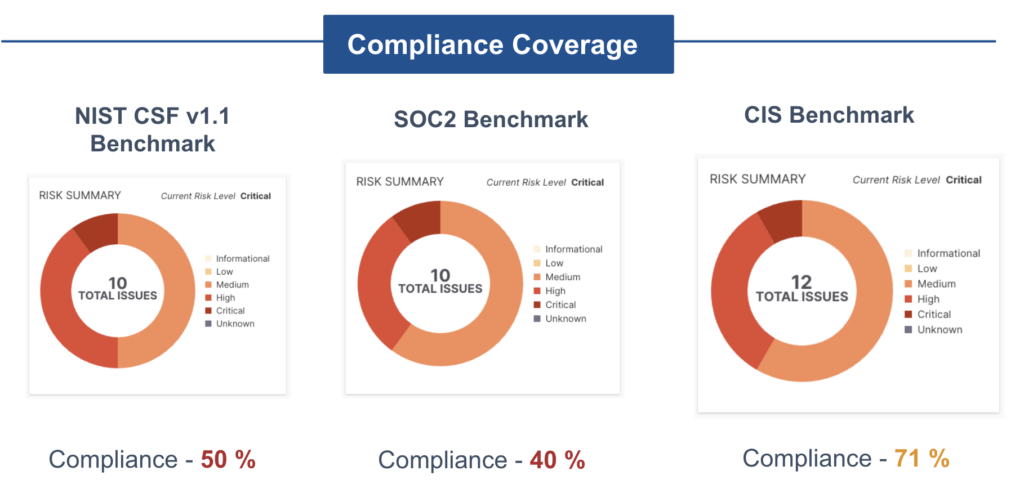
Manage third-party and SaaS-to-SaaS risks
AppOmni identifies and reports on third-party application integrations that present risks, such as excessive permissions or high-risk permissions. For example, a user with administrative access when only basic access is needed, or root-level access to critical data, are flagged. This capability is essential for managing the expanded attack surface caused by unsanctioned SaaS applications that are connected to your monitored apps.
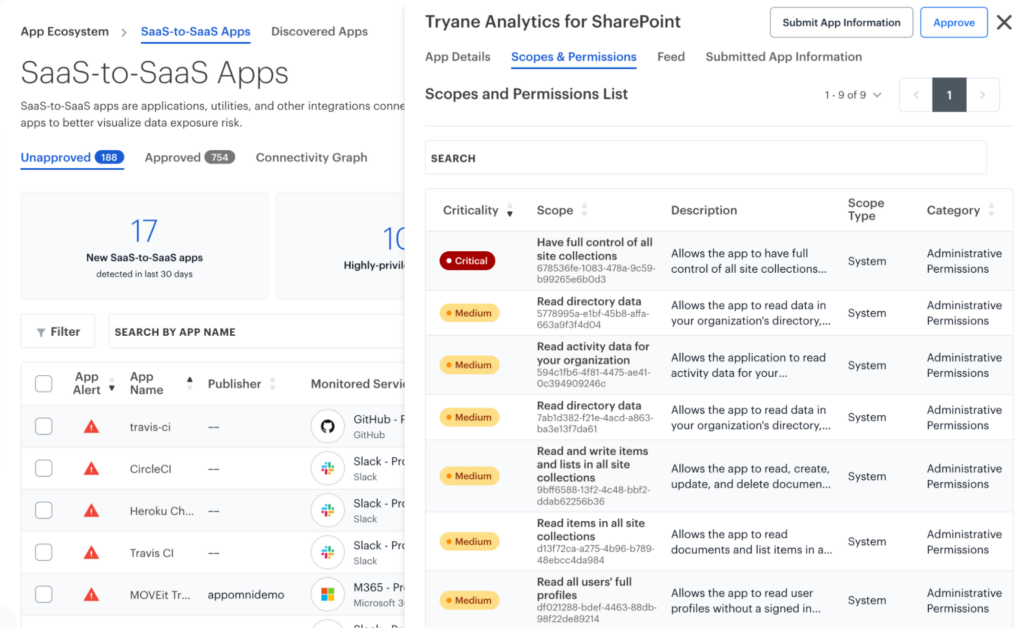
Building a secure SaaS environment
As law firms transition to the cloud, securing SaaS applications like iManage, Microsoft 365, and Salesforce is essential to protect their sensitive data. Scanning for and remediating misconfigurations, implementing robust access controls, and maintaining continuous monitoring can significantly reduce the risk of data breaches.
AppOmni’s SaaS security platform provides the tools and insights needed to effectively secure your SaaS environment. The platform offers guided and distributed remediation options to resolve security issues, along with remediation recommendations and context around findings. These capabilities enable your team to take the necessary steps to address vulnerabilities effectively.
From gaining visibility into configurations to detecting and responding to threats, AppOmni empowers law firms to protect their critical data and ensure regulatory compliance. That’s why 25% of the Fortune 100 trust AppOmni with their business-critical SaaS applications.

Qualify for a Free Risk Assessment
Find out who has access to your SaaS data and learn how you can benefit from simplified and automated SaaS security with AppOmni.
Related Resources
-
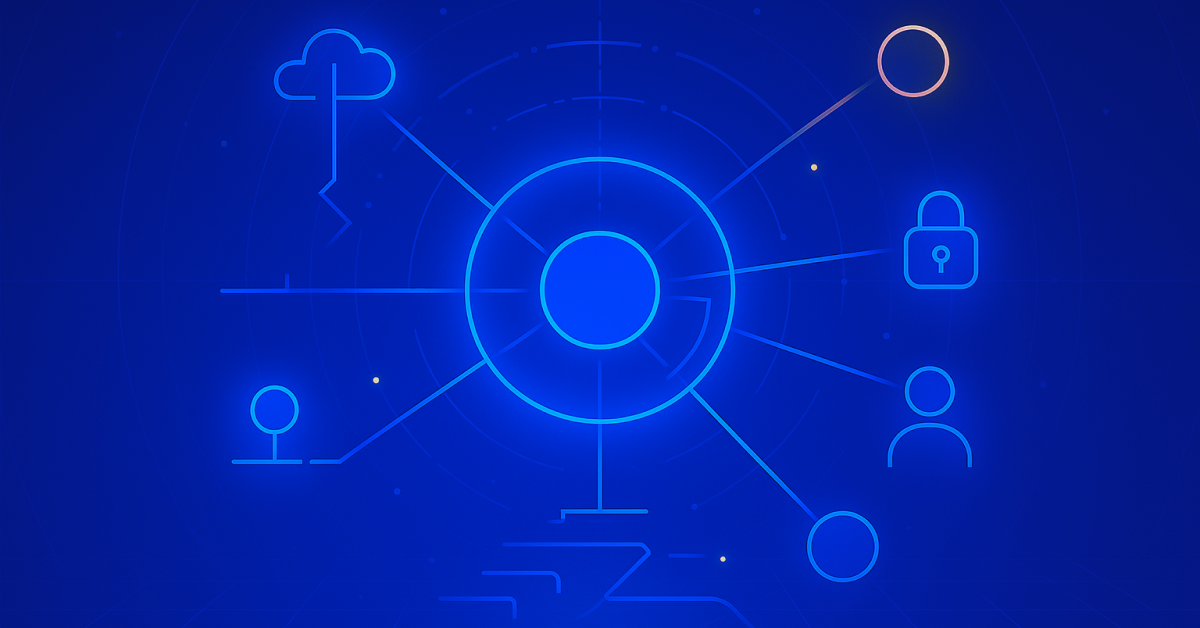
ServiceNow Agentic AI: What It Means for CISOs, SOC Analysts, SaaS Admins, and Developers
Agentic AI expands ServiceNow risk. Read why securing AI agents matters for CISOs, InfoSec, SOC, admins, and IT leaders.
-
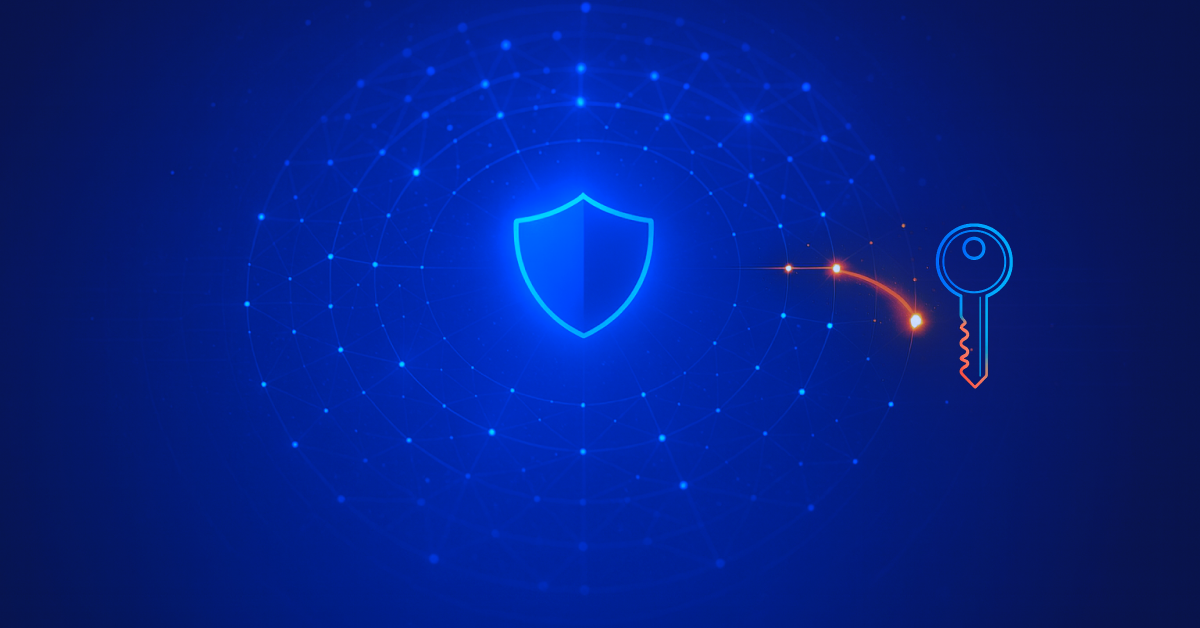
Security Advisory: Salesforce Gainsight Incident
Read AppOmni’s recommendations to secure your Salesforce-Gainsight integrations before it negatively impacts your customer data.
-
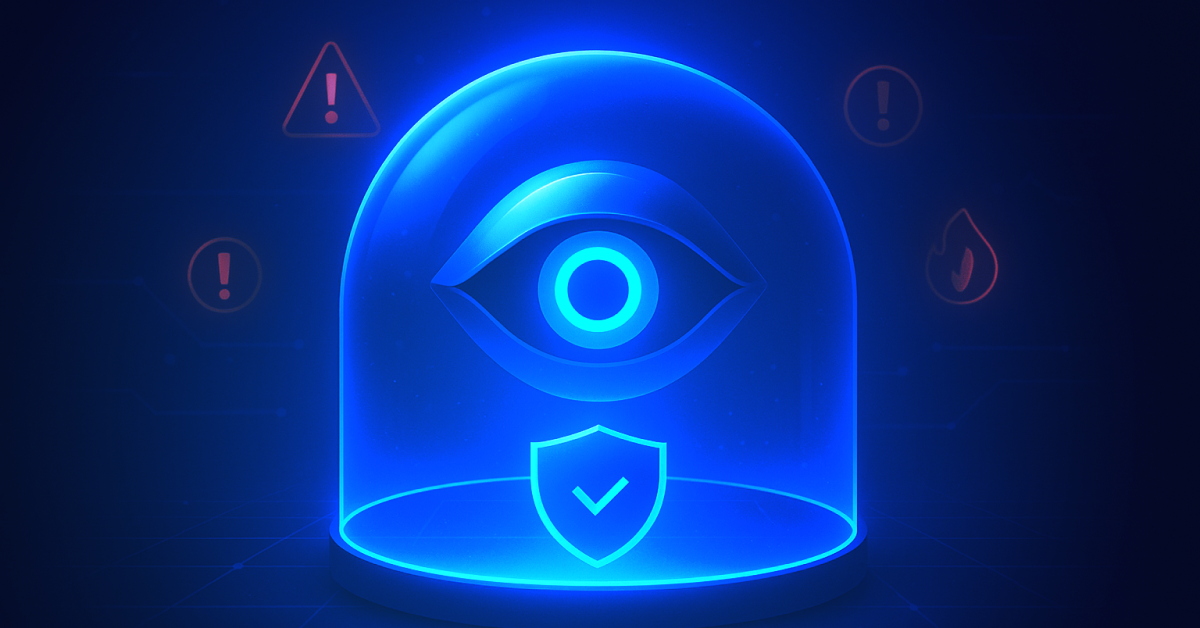
AppOmni Expands AI Security with Agentic AI Security for ServiceNow
See how AppOmni AgentGuard defends ServiceNow AI agents from prompt injection and access risks, building trust and compliance across platforms.